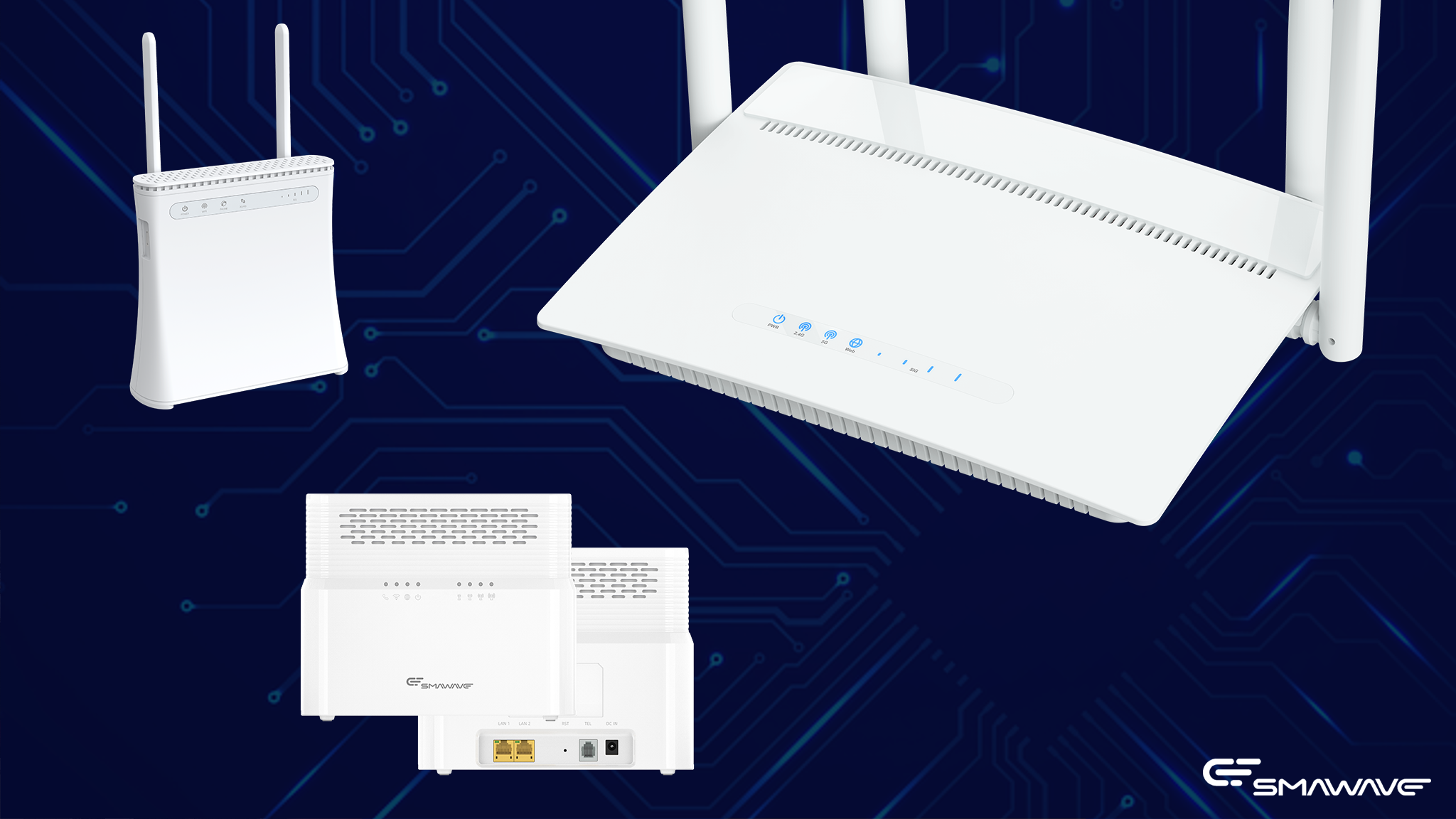Introduction
Routers have become an essential digital infrastructure for modern households. Their lifespan has also become a hotly debated topic. When home routers experience frequent disconnections or speed drops, users often wonder: Does a router age?
Do Routers Experience Aging?
The answer is yes. As electronic devices, routers have a clear service life range with significant differentiation. According to industry statistics, the average service life of home routers is 3-5 years: entry-level products typically last 2-3 years, while high-end models can extend their service life to 5-7 years due to high-quality chips and heat dissipation designs.
This difference stems from the dual lifespan attributes of routers: physical lifespan is determined by hardware components, while technical lifespan is affected by the iteration of network protocols. The average physical lifespan of Wi-Fi 5 chips is 4.2 years, while Wi-Fi 6 chips can reach 5.8 years, with hardware technological advancements directly improving device durability.
Core Factors Affecting Router Lifespan
Hardware Quality and Load Intensity
The quality of a router's core components determines its basic lifespan. Components used in low-end models experience a 15% annual decrease in lifespan when operating in environments exceeding 40°C. Continuous full-load operation increases the temperature around the main control chip, significantly accelerating the aging process.
In actual use cases, high-load operation can shorten a router's lifespan by nearly 50%.
Potential Impact of Environmental Conditions
The impact of environmental factors on router lifespan is often overlooked. Operating temperatures exceeding 35°C accelerate the aging of internal components, and humid and dusty environments can shorten lifespan by over 30%. Studies have shown that for every 10°C increase in ambient temperature, a router's lifespan decreases by 50%.
Steam and fumes in areas like kitchens and bathrooms can corrode circuit boards, while proximity to interference sources like microwave ovens and Bluetooth devices can cause the router to continuously transmit at high power, indirectly reducing the hardware's lifespan.
Inevitable Obsolescence Due to Technological Upgrades
Even if the hardware remains intact, a router may still become functionally obsolete due to technological obsolescence. Over the past decade, wireless network standards have evolved from Wi-Fi 5 to Wi-Fi 7, and bandwidth demand has increased by nearly 10%. times. By 2025, mainstream broadband speeds will have reached 1000Mbps, and the 100M Ethernet ports and inefficient modulation technology of older routers will become a significant performance bottleneck.
This technological iteration means that the "effective lifespan" of routers is often shorter than their physical lifespan.
Criteria for Determining End of Router Lifespan
Router aging typically exhibits progressive characteristics, mainly manifested as:
Solution
Hardware Optimization
Smawave adopts high-quality, durable components and enhanced designs to improve the equipment's anti-aging capabilities. Reduce high-temperature damage to hardware through improved heat dissipation structures and low-power components. Introduce modular designs that allow replacement of vulnerable parts (such as power modules) to avoid entire device replacement.
Intelligent Software Management
Smawave will develop intelligent load adjustment systems that automatically adjust operating modes based on the number of connected devices and usage scenarios, avoiding unnecessary energy consumption. Provide regular firmware updates to optimize device performance and fix potential issues. Balance network load through intelligent algorithms to reduce hardware pressure.
Professional Service Support
Smawave offers regular equipment inspection and maintenance services, including cleaning, performance evaluation, and necessary debugging. Customize deployment plans for different usage scenarios (such as home, office, and harsh environments) to ensure devices operate under optimal conditions and extend effective service life.

Conclusion
There is no doubt that routers will age. However, through scientific maintenance and reasonable upgrades, we can extend the life of the equipment and continue to enjoy stable network services.
Join the Conversation
What are your thoughts on 5G-A? Share your insights with us!

The Terminal Operations Management Platform is a powerful tool for telecom operators and internet service providers. It helps you comprehensively monitor, manage, and optimize your terminal devices' performance, status, and usage. This leads to improved network service quality, reduced failure rates, and efficient resource allocation.
Real-time tracking of CPE device statuses, quick identification of faults, and remote control for maintenance, ensuring stable network operations.
Intelligent data analysis generates detailed reports, providing scientific insights to refine operational strategies.
Automated fault diagnosis and recovery processes minimize manual intervention, enhancing operational efficiency.
Supports various CPE device types and vendors, adapting flexibly to different network environments and operational needs.
Utilize precise data feedback and system optimization to enhance user satisfaction and network experience.

Copyright © Shanghai Smawave Technology Co.,Ltd All Rights Reserved Privacy Policy